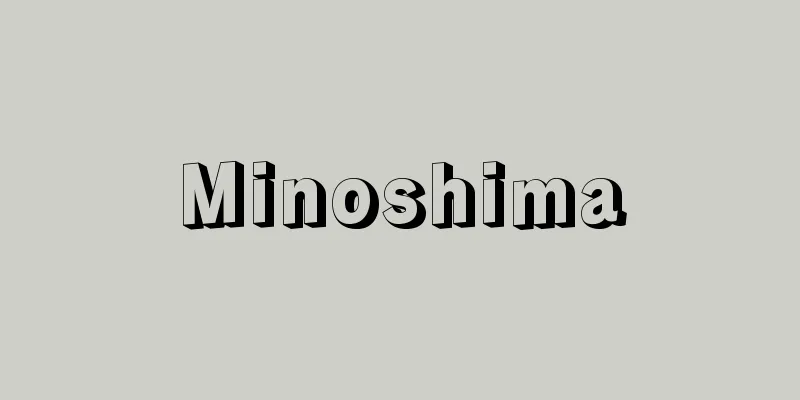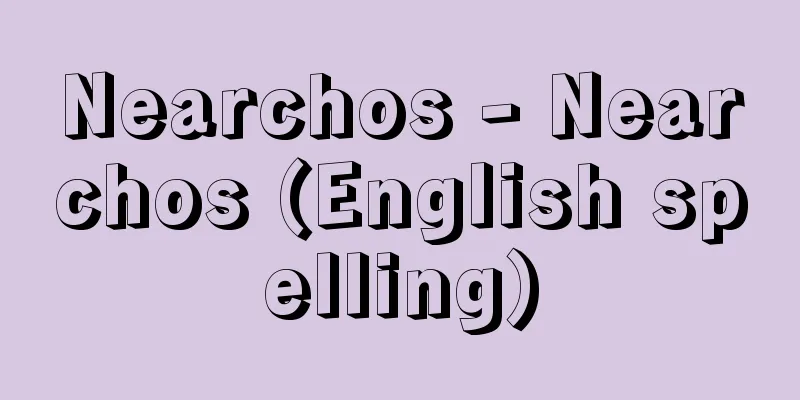Ueno Three Monuments - Kosuke Sanpi

|
This refers to three monuments located in Gunma Prefecture (formerly Kozuke Province): Yamanoue Monument, Tago Monument, and Kanaizawa Monument. Yamagami Monument (Sanjindani, Yamana-cho, Takasaki City) is a stone monument erected in the year of Kanotomi (estimated 681) by a monk from Hoko-ji Temple for his mother Kurometoji, and is presumed to be the gravestone for the neighboring Yamagami Kofun. It is famous as one of the few kofun in Japan where the buried person, tomb builder and date are known, and it is notable for being the product of the fusion of various cultures, as it was built by a Buddhist monk, the subject is a kofun from the previous era, and the inscription is based on Confucian thought and written in Chinese characters. The Tako Monument (in Ike, Yoshii-cho, Takasaki City) is a monument commemorating the establishment of Tako County in 711, when 300 households from six districts, including Orimo, Karashina, Yata, and Ooyake in Kara County, Kozuke Province, Mumi in Midorino County, and Yamabe in Kataoka County, were divided to form the new Tako County. The phrase "Gunsei-gai Yohitsu" in the inscription had long been considered difficult to interpret, but Ozaki Kisao (1904-1978) believed that this was the name of a person who had come to Japan from abroad, based on the fact that "yohitsuji" (sheep) appears frequently in family registers in the Shosoin documents, and that there are tiles with characters such as "yohitsuji" (sheep) and "yohitsuji-san" (sheep's name) written with a spatula at the site of Kozuke Kokubunji Temple, and interpreted it as "giving a sheep to establish Tako County." The Kanaizawa Monument (Kanaizawa, Yamana-cho, Takasaki City) is a monument commemorating the conversion of the three Miyake clans of Shimosanu (Sano) to Buddhism in 726. There are 18 stone monuments dating from the late 7th century to the 11th century in Japan, but it is noteworthy that three of them are concentrated in southwestern Gunma Prefecture. They are valuable materials that concretely shed light on the state of this region, which has few written historical documents, particularly on one aspect of politics, religion, and society, such as the penetration of Buddhism and the establishment of a county by immigrants from Korea. Both have been designated as special national historic sites. [Tetsuzo Kubo May 21, 2018] In 2017, it was registered as part of the Memory of the World heritage program run by UNESCO (United Nations Educational, Scientific and Cultural Organization) with the aim of protecting valuable materials that should be preserved for future generations. [Editorial Department, May 21, 2018] [References] | | | |Source: Shogakukan Encyclopedia Nipponica About Encyclopedia Nipponica Information | Legend |
|
群馬県(旧国名は上野国)にある山上碑(やまのうえひ)、多胡碑(たごひ)、金井沢碑(かないざわひ)の三碑をいう。 山上碑(高崎市山名(やまな)町字山神谷(さんじんだに))は、放光寺の長利(ちょうり)という僧が母の黒売刀自(くろめとじ)のため辛巳(かのとみ)年(推定681年)に建てた石碑で、隣接する山上古墳の墓碑と推定される。日本の古墳のなかで、被葬者、造墓者と年代のわかる希有(けう)の例として著名であり、建立者が仏教の僧侶(そうりょ)、対象が前代からの古墳、碑文は漢字により表現された儒教思想に基づく墓誌というように、諸文化の融合の所産として注目される。 多胡碑(高崎市吉井町池)は和銅(わどう)4年(711)上野国甘良(から)郡の織裳(おりも)、韓級(からしな)、矢田(やた)、大家(おおやけ)と緑野(みどの)郡の武美(むみ)、片岡郡の山部(やまべ)などの6郷300戸を割いて新たに多胡郡を建郡したときの記念碑である。銘文中の「郡成給羊」は長く解釈しにくい語とされていたが、尾崎喜左雄(おざききさお)(1904―1978)は、「羊」が正倉院文書の戸籍に多くみられることや、上野国分寺址(し)などに「羊」「羊子三」などのへら書きの文字瓦(かわら)があることから、これを渡来人の人名であろうとし、「羊に給して多胡郡を成す」と解釈した。 金井沢碑(高崎市山名町字金井沢)は神亀(じんき)3年(726)下賛(しもさぬ)(佐野)の三家(屯倉)(みやけ)の一族が仏教に入信したときの記念碑である。 7世紀後半から11世紀にかけての石碑は全国で18基存するが、そのうちの3基が群馬県南西部に集中して存在することは注目すべきことである。文献史料の乏しいこの地域の様相、ことに仏教の浸透の状況や朝鮮からの渡来人による建郡という政治、宗教、社会などの一断面を具体的に明らかにする貴重な資料といえよう。ともに国の特別史跡に指定されている。 [久保哲三 2018年5月21日] 2017年(平成29)には、ユネスコ(国連教育科学文化機関)が後世に残すべき貴重な資料を保護する目的で実施している遺産事業「世界の記憶」に登録された。 [編集部 2018年5月21日] [参照項目] | | | |出典 小学館 日本大百科全書(ニッポニカ)日本大百科全書(ニッポニカ)について 情報 | 凡例 |
<<: Kozuke Province - Kozuke no Kuni
Recommend
Hare (Clear) - Clear
As opposed to ke (ordinary), which refers to every...
"Theory of Surfaces"
… CF Gauss is a mathematician who stands on the b...
World Code - Sekai Koumoku
A handbook for Kabuki writers. One manuscript. The...
Takanori Kyogoku
Year of death: September 7, 8th year of the Oei pe...
Menderes River (English spelling)
A river in southwestern Turkey, flowing west from ...
Cross Gorge
A local beer produced by Unazuki Beer Co., Ltd. in...
Piccolo - piccolo (English spelling) Italian
The Italian word for "small" refers to ...
Nikopoia
...The great development of the iconography occur...
dhyapeti (English spelling) dhyapeti
… [Uchibori Motomitsu] [Cremation in Japan] In Bu...
Saccharimeter - kentoukei (English spelling) saccharimeter
A type of polarimeter, a device designed to make ...
Boxer [Breed] - Boxer
A breed of dog. Males stand about 53-60cm tall and...
Bran - Bran
This is the name of a county that was used from th...
Demand curve
…The price p i of the good that has the greatest ...
Sanatana-dharma (English spelling)
…However, there is no exact Indian equivalent of ...
Keicho version - Keichoban
Also known as the Keicho Old Type Edition. A gener...









